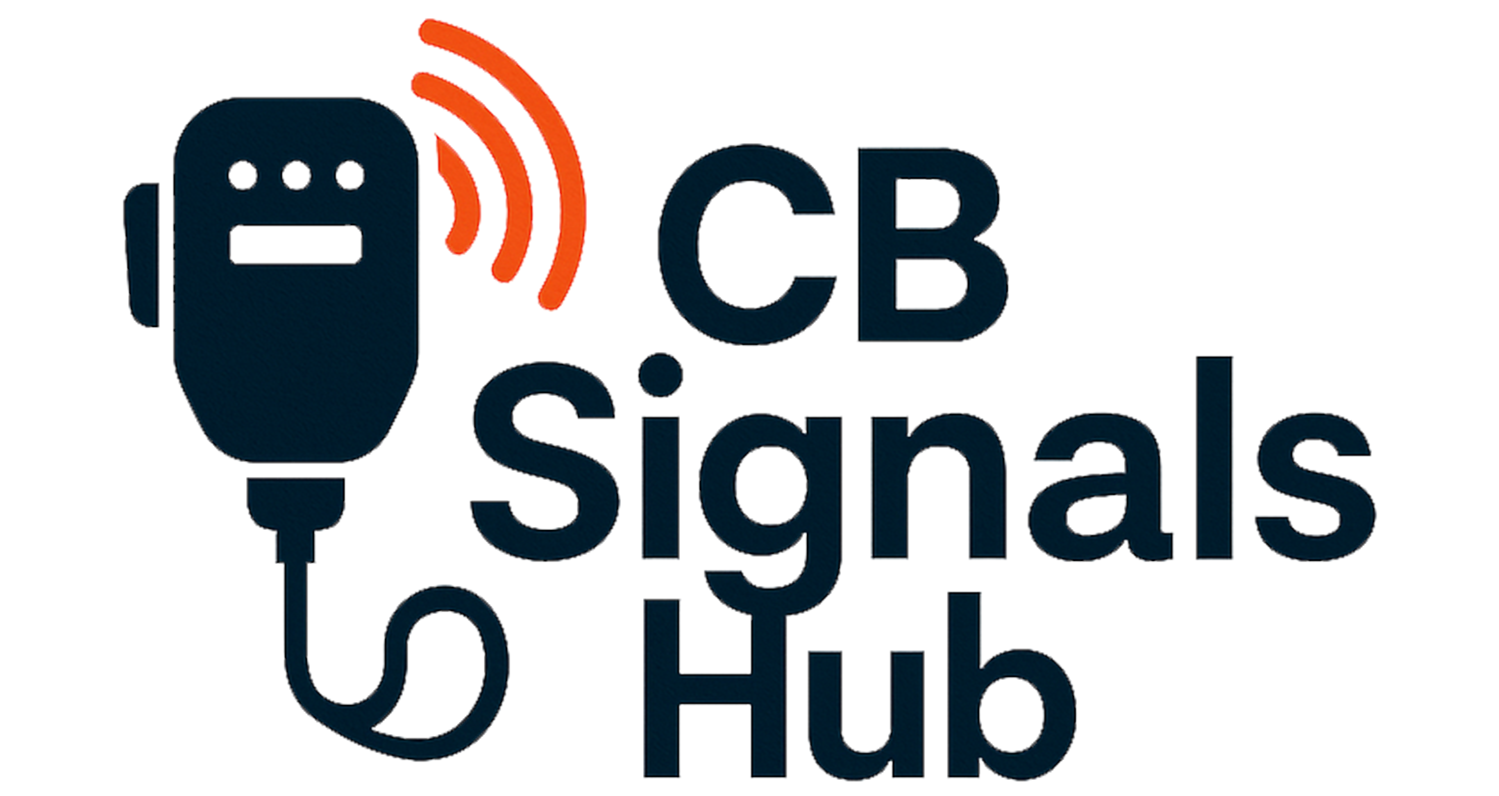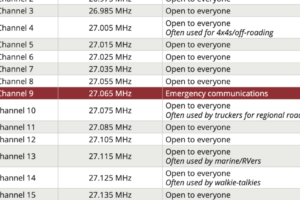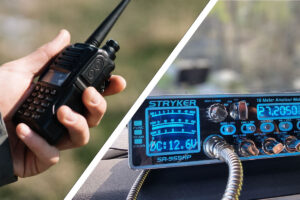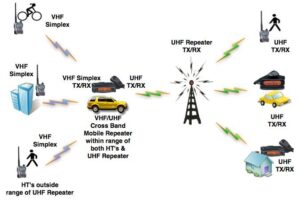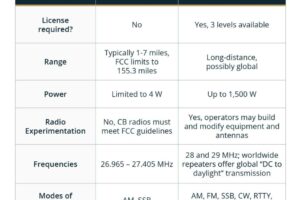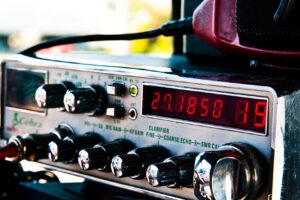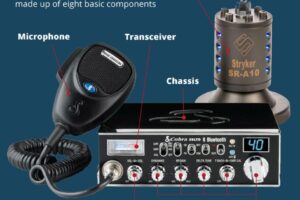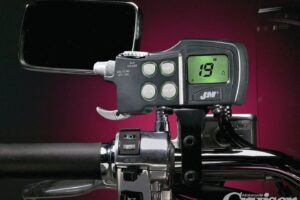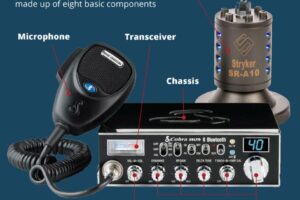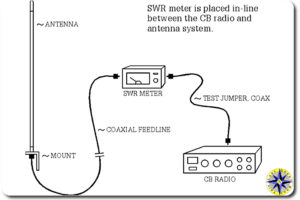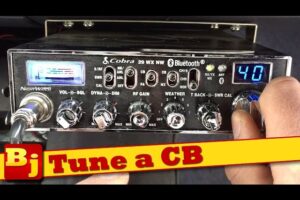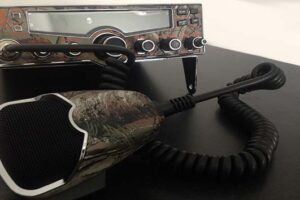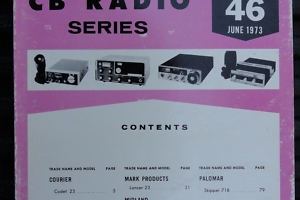Can CB Radio Be Tracked?: Uncovering the Truth
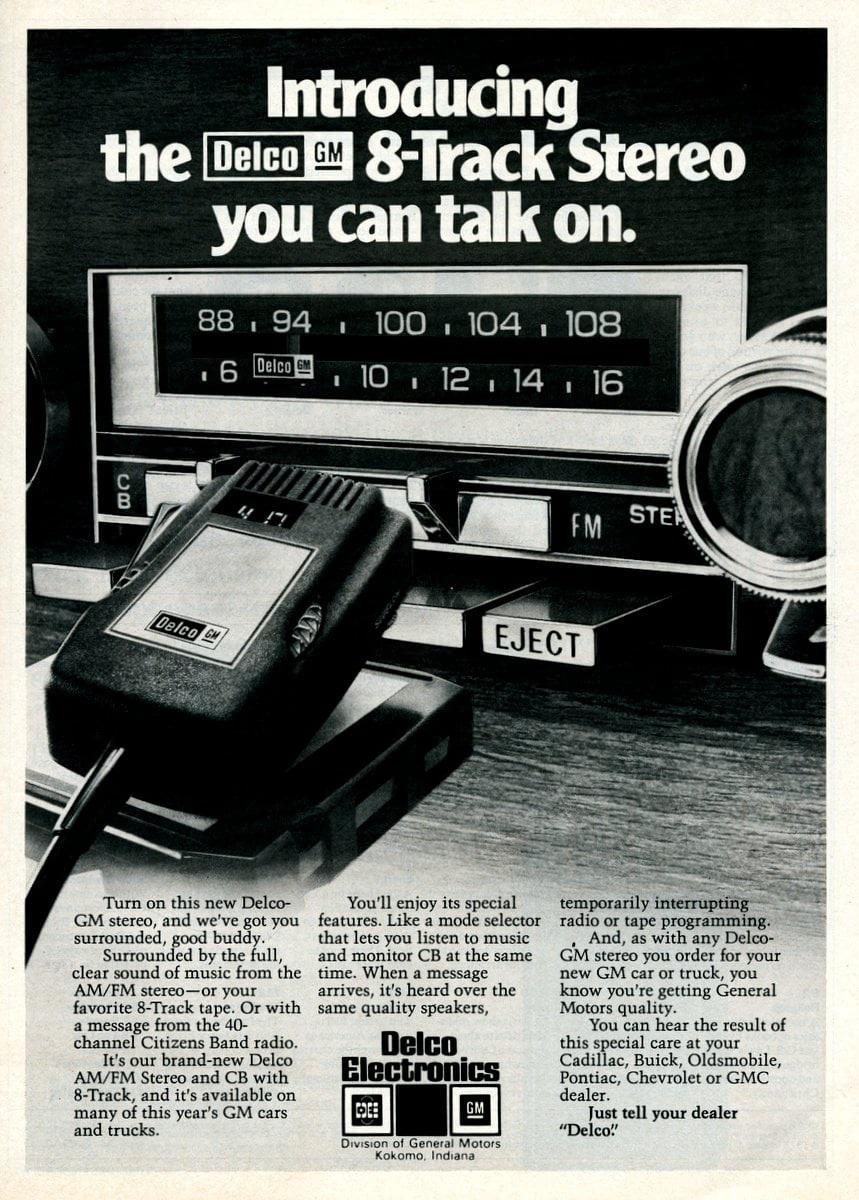
Yes, CB radio can be tracked. Law enforcement and other entities can monitor signals.
But how does this tracking work, and is it common? CB radios have been around for decades, popular among truckers and hobbyists. These devices allow communication over short distances using radio frequencies. But many wonder about their privacy. Can someone track your CB radio conversations?
This question is more relevant now, with rising concerns about privacy and surveillance. Understanding how CB radios function and the potential for tracking helps users make informed choices. Let’s explore the mechanics of CB radios and the reality of tracking these devices.

Credit: www.tacomalifestyle.com
Introduction To Cb Radio
CB radio, or Citizens Band radio, is a communication device. It allows short-distance voice communications between individuals. CB radios are popular among truck drivers, hobbyists, and emergency services. They use specific channels to send and receive messages.
History Of Cb Radio
CB radio started in the 1940s in the United States. It was developed for personal and business communication. The Federal Communications Commission (FCC) regulated it. Initially, it was used by small businesses and farmers. In the 1970s, CB radio became popular among truck drivers. They used it to communicate on the road. It became part of the trucking culture.
Uses Of Cb Radio
CB radio has many uses. Truck drivers use it to get traffic updates. They also warn each other about road conditions. Hobbyists enjoy using CB radio to connect with others. It’s a fun way to meet new people. In emergencies, CB radios are very helpful. They can be used to call for help. Emergency services sometimes use CB radios when other communication systems fail.
How Cb Radios Work
CB radios, or Citizen Band radios, are popular for short-distance communication. They are used by truckers, hobbyists, and emergency services. Understanding how CB radios work can help you use them better and know their limitations.
Frequency Bands
CB radios operate on a set of 40 channels within the 27 MHz frequency band. These channels are shared by all CB radio users. This means anyone can listen in or transmit on these frequencies. The 27 MHz band is divided into 40 specific frequencies, each corresponding to a different channel.
Communication Range
The communication range of CB radios is usually between 1 to 5 miles. This range can vary based on terrain, weather, and obstructions. In open areas with few obstacles, you might get better range. But in cities or hilly areas, the range can be shorter.
CB radios use AM (Amplitude Modulation) for transmission. This type of modulation can affect the clarity and range of communication. Understanding these basics can help you use your CB radio more effectively.
Tracking Cb Radio Signals
Tracking CB radio signals may seem like a complex task, but it’s more accessible than you might think. If you’re curious whether someone can track your CB radio, the answer is yes, but it requires specific knowledge and tools. Let’s dive into how this can be done, step by step.
Signal Detection Methods
To track CB radio signals, one common method is the use of direction-finding equipment. This allows you to determine the direction from which a signal is coming. You can think of it as a way to point an electronic finger at the source.
Another method is triangulation. This technique involves using multiple detection points to pinpoint the exact location of a signal source. It’s like creating a map with crosshairs that lead you to the target.
Passive listening is also an option. By simply tuning in and monitoring the frequencies, you can gather information on the signal’s characteristics. This might not give you a precise location, but it can reveal patterns and habits of the radio operator.
Equipment Needed
To track CB radio signals, you’ll need a few essential pieces of equipment. A high-quality CB radio is a must. It’s your primary tool for detecting and following signals.
A directional antenna is crucial for direction-finding. This type of antenna can help you determine the signal’s direction with greater accuracy. Imagine it as a highly focused ear that listens better in one direction.
Signal analyzers can be incredibly useful. These devices measure and display the strength of radio signals. With this, you can gauge how close you are to the source.
Portable equipment can enhance your tracking. Handheld CB radios and small antennas allow you to move around and get closer to the signal source. This mobility can be the key to accurate tracking.
Have you ever tried tracking a CB signal? What challenges did you face? Share your thoughts in the comments below!
Legal Aspects Of Tracking
Tracking CB radio transmissions raises several legal questions. Understanding these legal aspects is important. This ensures you stay within the law. It also protects your privacy and the privacy of others.
Regulations And Laws
CB radios operate under specific regulations. The Federal Communications Commission (FCC) oversees these regulations in the United States. They set rules for using CB radios. These rules include frequency use and power limits.
Tracking CB radio signals involves monitoring transmissions. This can sometimes conflict with privacy laws. Unauthorized tracking may be illegal in some regions. Always check local laws before engaging in tracking activities.
Privacy Concerns
Privacy is a major concern with CB radio tracking. Users have a right to communicate without being tracked. Unauthorized tracking can invade this privacy. It can also lead to legal issues.
Respecting privacy while using CB radios is crucial. Always seek permission before tracking someone’s transmissions. This helps maintain trust and legal compliance. It also promotes responsible use of CB radio technology.
Common Myths About Cb Tracking
CB radios have been around for decades, providing communication on the road. Over time, myths about their tracking abilities have emerged. This section will explore and debunk these common myths about CB tracking.
Debunking Misconceptions
Many believe CB radios can be easily tracked. This is not entirely true. Unlike cell phones, CB radios do not have GPS. This means they do not broadcast location data. The only way to track a CB radio is through its signal. But this requires special equipment and expertise.
Another myth is that anyone can track a CB radio. In reality, only skilled professionals can do this. They use advanced tools to pinpoint the signal. This process is complex and not accessible to the average person.
Real Vs. Fiction
Fiction often portrays CB radios as highly trackable. Movies and TV shows exaggerate their capabilities. In real life, tracking a CB radio is much more difficult. The range of CB radios is limited. They usually cover a distance of 1 to 5 miles. This makes tracking even more challenging.
Some believe that law enforcement can always track CB radios. This is also a myth. While they have the tools, it is not a common practice. Law enforcement agencies have more reliable methods for tracking. They prefer using technologies like GPS and cell tower data.
Understanding these myths helps users have realistic expectations. CB radios are a great tool for communication. But their tracking capabilities are limited and often misunderstood.

Credit: www.tackform.com
Technological Limitations
Tracking CB radios can be quite tricky due to several technological limitations. While CB radios offer a reliable means of communication, there are inherent challenges in pinpointing their exact location. Let’s dive into these limitations and understand why tracking a CB radio is not as straightforward as it might seem.
Range And Accuracy
CB radios have a limited range, typically between 1 to 20 miles depending on the terrain and atmospheric conditions. This range variability makes it difficult to track the exact location of a CB radio user. The accuracy of determining the source of a signal decreases as the distance increases.
Imagine you are trying to find a needle in a haystack, but the haystack keeps changing in size. The further away the needle, the harder it is to locate. Similarly, the further a CB radio user is, the less accurate any tracking efforts will be.
Interference Issues
CB radios operate on the 27 MHz band, which is prone to various forms of interference. Electrical devices, power lines, and even atmospheric conditions can cause significant signal disruption. This interference can mask the true origin of the signal, making tracking nearly impossible.
Have you ever tried to have a conversation in a crowded, noisy room? That’s what it’s like trying to track a CB radio signal with interference. The noise makes it hard to identify where the voice is coming from.
Given these technological limitations, do you think it’s worth investing time and resources in trying to track CB radio signals? Or is it more practical to accept the limitations and focus on other communication methods? Share your thoughts in the comments below!
Alternative Communication Methods
In today’s world, communication is key. While CB radios have been popular for years, there are other methods to stay connected. These alternative communication methods offer different features and benefits. They also come with their own set of pros and cons. Let’s explore these alternatives and see how they compare to CB radios.
Comparison With Other Radios
One option is the Family Radio Service (FRS). FRS radios are easy to use and have a shorter range. They are great for family outings or small trips. Another alternative is General Mobile Radio Service (GMRS). GMRS radios offer a longer range but need a license. They are ideal for outdoor adventures and large areas.
Amateur radios, or ham radios, are another choice. Ham radios have a wide range and many frequencies. They require a license and some knowledge to operate. They are perfect for hobbyists and emergency communication. Each type of radio has its own unique features and uses.
Pros And Cons
FRS radios are easy to use and do not need a license. They are ideal for short-range communication. The downside is their limited range and fewer channels. GMRS radios provide a longer range and more power. They are great for outdoor use. The need for a license can be a downside for some users.
Ham radios offer the most range and flexibility. They are excellent for emergency situations and hobbyists. The need for a license and knowledge can be a barrier. Each alternative has its strengths and weaknesses. Choosing the right one depends on your needs and preferences.
Future Of Cb Radio
The future of CB radio looks promising. Technology is evolving. This impacts CB radio in many ways. New advancements and trends are shaping its path. Let’s explore what lies ahead for CB radio.
Technological Advancements
CB radio technology is advancing rapidly. Digital enhancements are being incorporated. These improvements boost signal quality. They also increase range and reduce noise. Modern CB radios have GPS features. This helps in tracking and navigation.
Software-defined radios are becoming popular. These radios allow easy updates. Users can add new features without buying new devices. Voice recognition technology is also emerging. This provides hands-free operation and enhances safety.
Predictions And Trends
The demand for CB radios remains steady. People use them for communication. Truckers rely on CB radios for road updates. Off-road enthusiasts use them for adventure. The integration with smartphones is expected to grow. This will provide better connectivity.
CB radios might see increased use in emergency services. Their reliability in critical situations is unmatched. Future CB radios will likely have advanced encryption. This will enhance privacy and security. The trend towards smaller, portable devices continues. These devices are easy to carry and use.
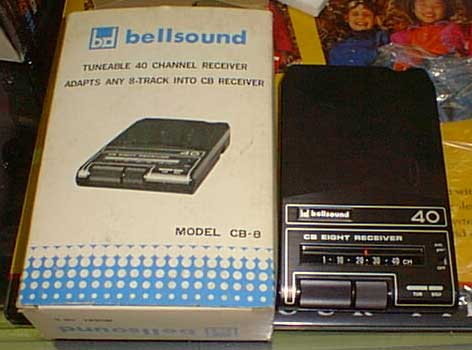
Credit: www.pocketcalculatorshow.com
Frequently Asked Questions
Is Cb Radio Anonymous?
No, CB radio is not anonymous. Users can hear your voice and identify your handle or call sign.
What Is Illegal On Cb Radios?
Using illegal power amplifiers, broadcasting music, transmitting without identification, and using unauthorized frequencies are illegal on CB radios.
Can Police Track Their Radios?
Yes, police can track their radios. Modern police radios have GPS capabilities, allowing officers to locate them quickly.
Can Someone Track Your Radio?
Yes, someone can track your radio signals with the right equipment. Use encrypted channels for privacy.
Conclusion
Tracking CB radios poses some challenges. They operate on open frequencies. Thus, pinpointing exact locations is tough. Always use your CB radio responsibly. Stay informed about privacy and safety. Understanding these aspects can enhance your radio experience.
